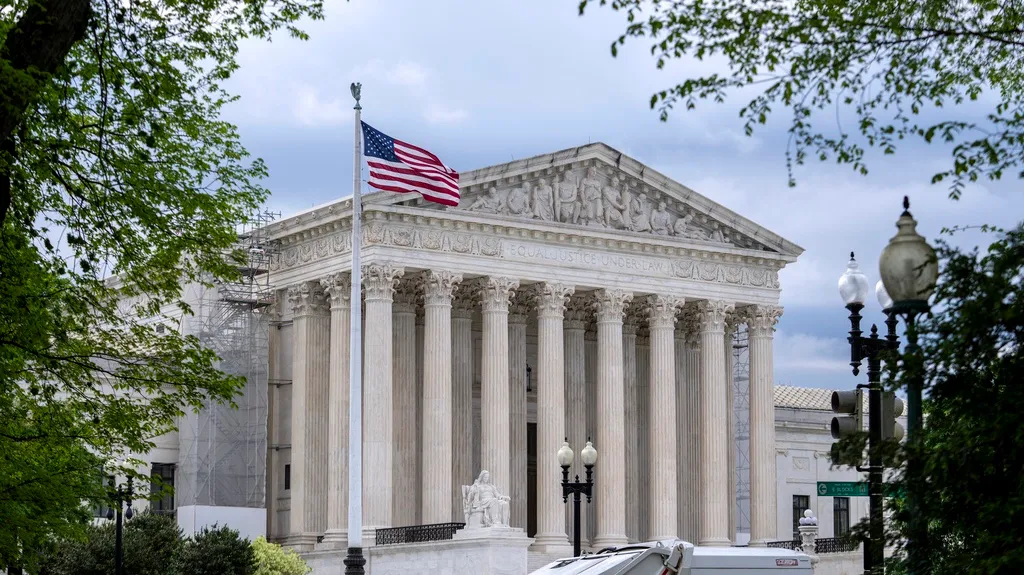April 15, 2019
American Addiction Centers CEO Talks Treatment
Matthew Perrone READ TIME: 3 MIN.
The tools for treating drug addiction are there – they just aren't reaching most of the people who need them.
That's the conclusion reached by the National Academies in a report last month on the opioid epidemic: only a fraction of the estimated 2 million Americans addicted to opioids – including heroin, fetanyl and prescription painkillers – receive medications proven to help manage their condition.
It's a predicament long recognized by addiction specialists. Just 38 percent of U.S. counties have a clinic for treating addiction to drugs, alcohol and other substances, according to federal figures.
Michael Cartwright, CEO of American Addiction Centers, discussed the barriers to addiction treatment and the importance of evidence-based standards within his industry in an interview with the Associated Press. His company, which operates more than 25 facilities in the U.S., became the first company solely dedicated to substance abuse to go public in 2015. The interview has been edited for length and clarity.
Q: Why does the U.S. have this gap in addiction treatment?
A: We give very little formal education to physicians, nurses in school or in college getting their degrees, on the disease of addiction. They don't get very much information. So how would they know to use MAT (medication-assisted treatment) when someone shows up their doorstep? Until we start educating health care providers, it's going to be hard to get more access for folks at the primary care clinic or wherever they show up for health care services.
We ought to be competent to have those discussions to the point that they know how to treat it. And to be clear, MAT isn't the panacea. It's a good tool in your toolbox.
Q: One of the most effective drugs for treating opioid addiction is buprenorphine, but most experts say it's underused. What's the role of buprenorphine and similar drugs in your network?
A: Everybody is very excited about buprenorphine. It's been around for 20 years and we've been using buprenorphine for 20 years in our clinics. I think what we're trying to do as a company is to say, "What are the best practices out there and then how do we adopt them?" We shouldn't be treating someone in a detox setting any different at our clinic than somebody who goes to a clinic down the road.
We look to (American Society of Addiction Medicine) guidelines, we look to research articles that have been done to see if there's any new ways to treat the disease. My whole reason for going public was that I wanted to be able to create an organization and an environment where we had the best of the best when it comes to research and understanding the best way to treat the disease.
Q: What should the role of research and evidence be in evaluating addiction treatment?
A: Our whole industry should be trying to measure outcomes. But we are underfunding this disease in the United States in a big way. We don't have enough research dollars going out to Harvard and UCLA and MIT and everybody else to look at the disease and find out the best way to treat it.
A true outcome study would be where you are following patients from intake, to 30 days post-treatment, three months post-treatment, six months post-treatment and find out if they reduced their use patterns or if they've gone back to work and reduced their other health care problems. Are you seeing improvements in that patient getting better?
You're never going to cure this disease. But it's a lifestyle change that the individual has to adhere to and as long as they adhere to that program they're gonna have a much better quality of life.




